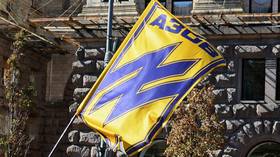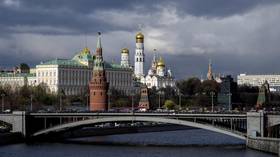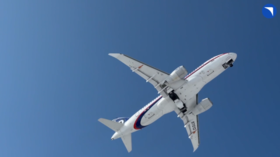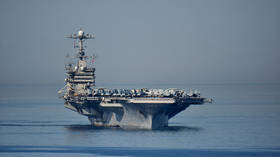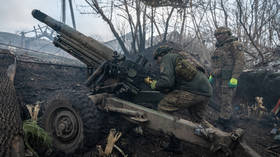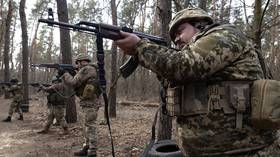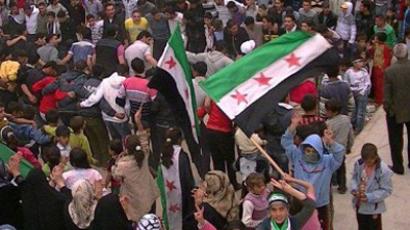Shaky start: Shelling in Syria continues as UN monitors arrive
The first batch of unarmed military observers has arrived in Damascus to monitor compliance with the fragile, four-day-old ceasefire negotiated by special envoy Kofi Annan. But some reports on the ground suggest continuing violence.
The team, drawn from military missions in the region, is to be joined by 25 more monitors within days. Those already present in Syria are the advance team of a contingent expected to grow to 250 after further negotiations with Damascus. The observers “will start with setting up operating headquarters and reaching out to the Syrian government and the opposition forces so that both sides fully understand” their roles. According to the UN Security Council resolution that passed unanimously last week, the monitors’ work depends on the upkeep of a ceasefire that went into effect on April 12th. And despite numerous reported violations of the terms of the agreement by both security forces and armed opponents of President Bashar al-Assad, the daily death toll remains much lower than in recent months, when scores of civilians, soldiers and rebels were killed every day.Opinions on the ground in Syria are divided. Government supporters think that the force could become intrusive – and supporters of the uprising fear the observers will not be able to track the ceasefire, pointing out how the presence of Arab League monitors in January had not stopped the violence. The decision to send the observers was the first time since the beginning of the Syrian uprising that the Security Council was united in demanding a halt to the violence. Russia and China had vetoed previous drafts, arguing they did not completely exclude the possibility of military intervention in Syria. The approved resolution required Syria to withdraw its security forces from population centers and to begin dialogue with the opposition, both key parts of the six-point plan designed to end more than a year of violence that has left at least 9,000 people dead.
Political analyst and author Adrian Salbuchi believes that despite the peace efforts, many American client states in the region would like to see an outright invasion in Syria. “They would like to see a rerun of Resolution 1973 used against Libya, which all but destroyed Libya and now has plunged it into civil war.” Due to Russia's and China’s mediation of the conflict, the rebels now realize that they will have to adapt to a limited spectrum of options, Salbuchi told RT. “Russia has brought a very important balance into this whole formula.”
And while some may wish for a repeat of the Libyan scenario in Syria, others may be gearing up for “Tahrir Square” of their own. Professor Joshua Landis of the University of Oklahoma believes that the country’s opposition will try to gain a “Tahrir momentum.”“The opposition has been looking to carry out bigger demonstrations,” he told RT. “Those are not forbidden. Peaceful demonstrations are allowed. And it’s clear that the opposition is going to try to use this to arrive at a Tahrir Square moment – and get by peaceful means what it hasn’t been able to do in any other way.”The Syrian government is not going to allow this to happen, Landis concluded.



